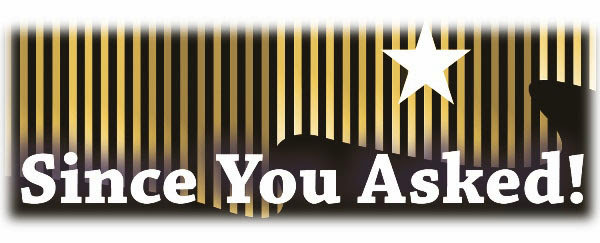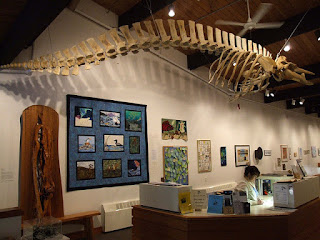We help students succeed by providing resources and educational support for all Alaskans. Here are a few of our favorites:
- Live Homework Help: Can't afford a tutor? Get free help from the experts at tutor.com every day from noon to 2 am Alaska time.
- Test Prep: The Testing & Education Reference Center provides practice tests and resources for students getting ready for the SAT, ACT, AP exams, GED, graduate school tests, or vocational exams.
- Articles and Databases: The Alaska State Library provides access to research resources to all Alaskans. Find full articles, encyclopedias, news, and language resources for writing reports or just for fun.
- Hands-on Loan Program: Alaskan teachers, students, libraries, and museums can borrow objects from the Alaska State Museum's Hands-on Loan Program, managed by the Sheldon Jackson Museum in Sitka. This collection, which is separate from the Museum's permanent collection, includes hundreds of objects from Alaska Native cultures and natural history specimens, including animal hides, baleen, and plant samples.
- Historic photographs: The Alaska State Library Historical Collections is a primary contributor to Alaska's Digital Archives, a photo database that includes thousands of historic Alaskan photographs from major research institutions around the state.

Juneau's first school in Log Cabin Church, 1885. Alaska State Library - Historical Collections, PCA 01-2208. - Alaska history modules: The Museum and Historical Collections have created Alaska history modules on several topics, including Eight Stars of Gold: The Story of Alaska's Flag, Quilts of Alaska, and Alaska's Gold.

The Alaska's Gold module uses primary source materials to tell the story of Alaska's golden history. - Art activities: Artists and museum staff develop kids' activities and instructional videos to correspond with their exhibits. A selection of these is available on the Museum's Teacher's Resources page, including hats and headdresses, a birchbark canoe, and Alaskan action figures.

An Alaskan action figure with two dogs and sled, made from pipe cleaners and tongue depressors. Photo courtesy Alaska State Museum.










